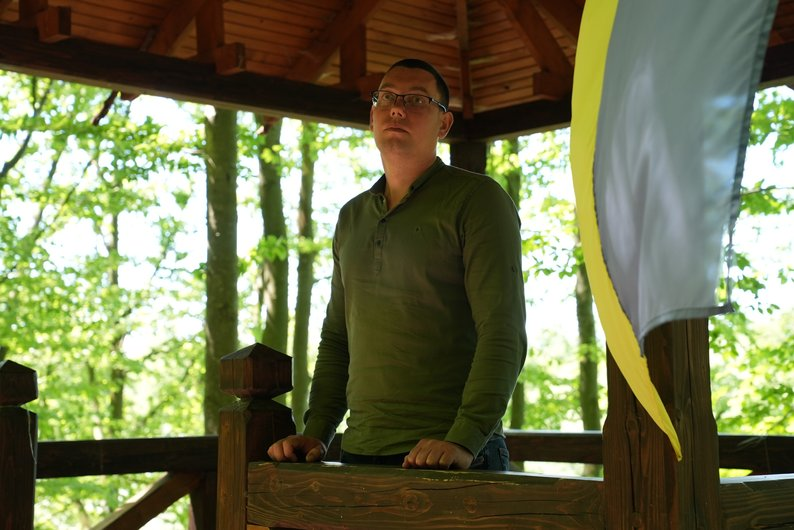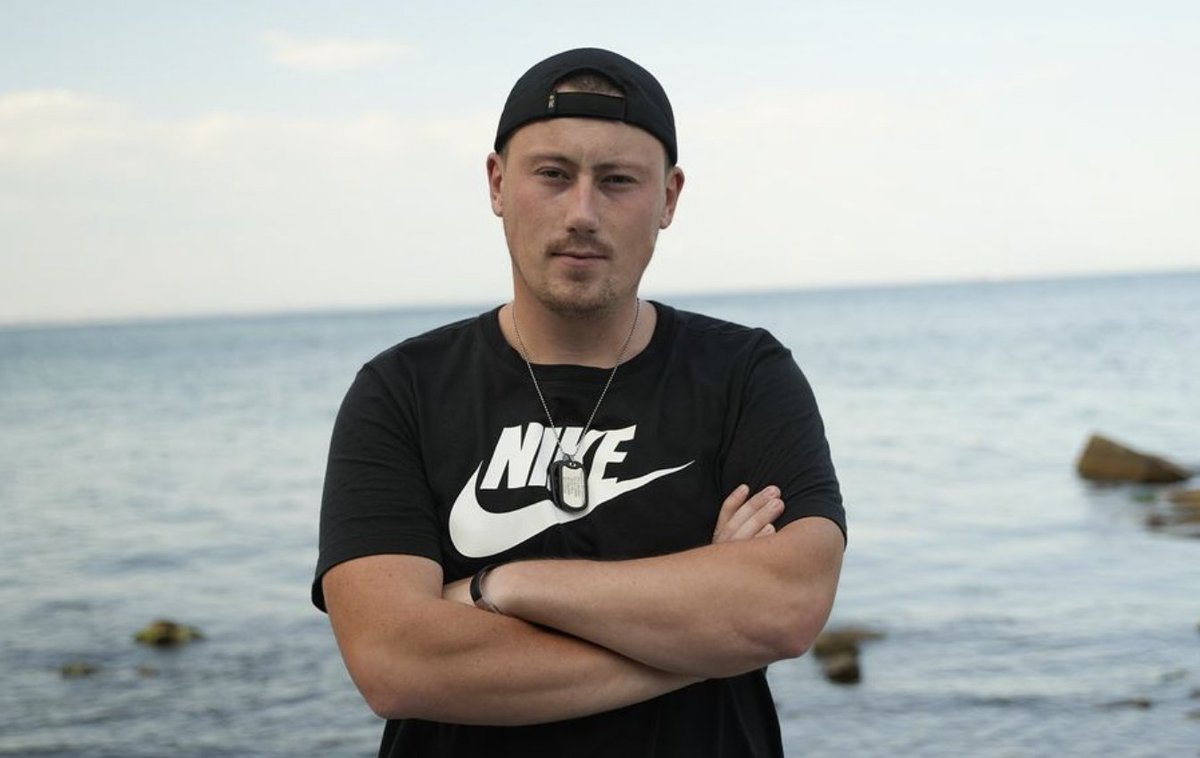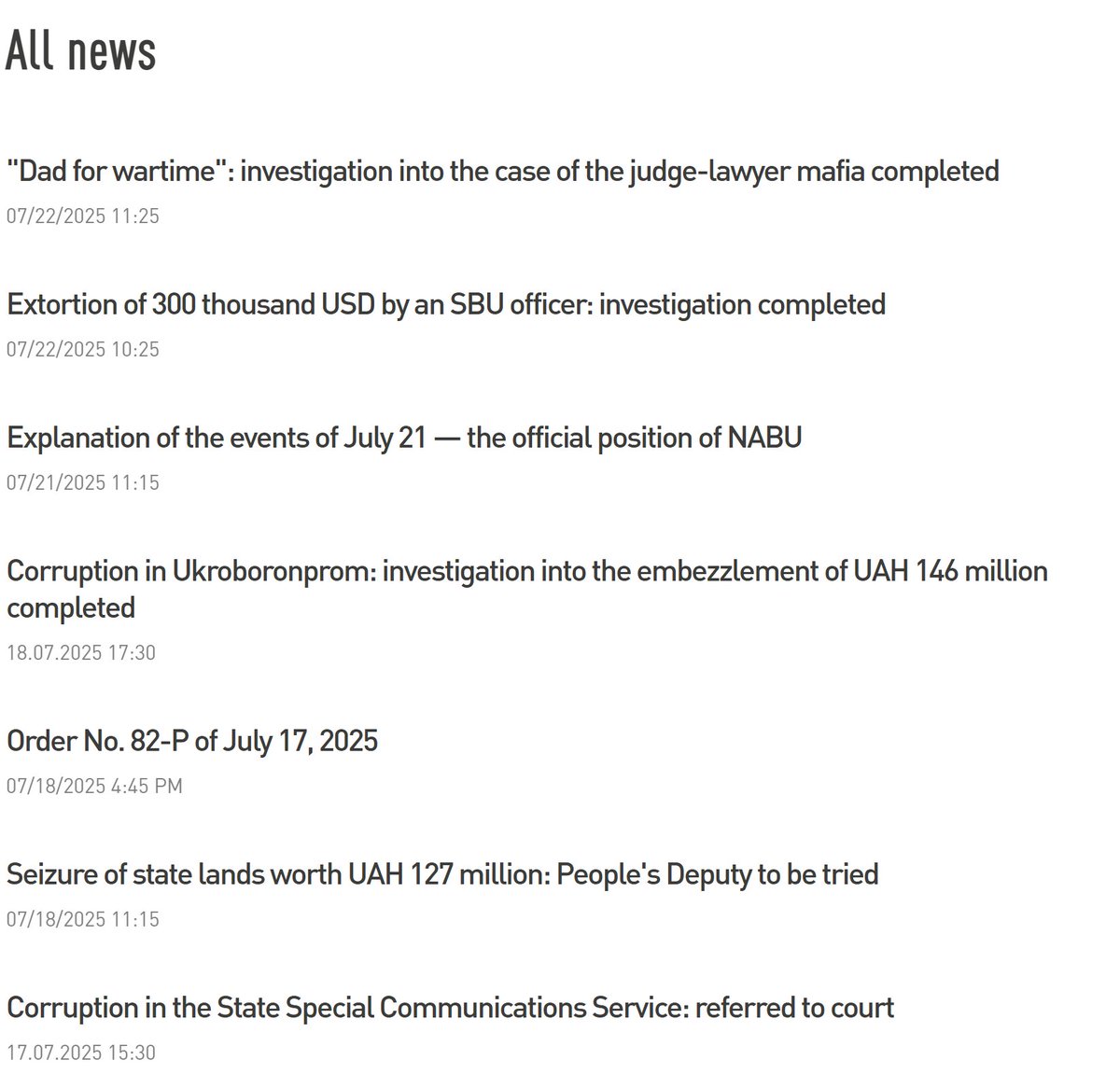Thread #Adygea. #Russiadecolonized
Welcome to the eighth thread in the series, where we delve into the future prospects of nations within Russia.
Welcome to the eighth thread in the series, where we delve into the future prospects of nations within Russia.

HISTORY
The Adyghe as well as Kabardins are part of the Circassian nation. They once held their own state in the Kuban and central-west Caucasus regions, thriving since medieval times. In the 17th century, they embraced Islam. /1


The Adyghe as well as Kabardins are part of the Circassian nation. They once held their own state in the Kuban and central-west Caucasus regions, thriving since medieval times. In the 17th century, they embraced Islam. /1


Despite bordering the Ottoman and Russian Empires, the Circassians maintained independence for years. It was only in 1864, 60 years before the collapse of the Russian Empire, that Russia achieved its final victory in conquering the lands of the Caucasus. /2
The aftermath was devastating. A horrific genocide ensued, with 75-95% of the Circassian population affected. Nearly 1 million were forced to flee to the Ottoman Empire, and half perished from disease and starvation. /3 

In the second half of the 19th century, historic Circassia was incorporated into the Russian Empire as part of several regions, mainly in the Kuban Oblast. /4 

The tumultuous Russian civil war saw the rise of the Mountainous Republic of the Northern Caucasus in 1917, representing diverse peoples, including Circassians. However, Soviet Russian forces captured the republic in 1921. /5 

In 1922, the USSR formed Adyghea as an autonomous oblast (for more information on types of federal subjects, check my BuyMeACoffe at the end). The policy of drawing incorrect borders was applied, separating nations and disrupting important connections. /6 

Adyghea did not receive the status of an ASSR like many other regions but was an autonomous oblast within Krasnodar Krai. It was only in 1991 that Adyghea became a republic. /7
It is worth noting that since the 1990s, some Circassians have been attempting to return to their homelands. However, this has not been encouraged by Moscow, as the Kremlin perceives the Circassian nation as a threat. /8
Modern-day Russia aims to silence Circassian institutions fighting for rights and recognition of the Circassian nation. /9
GEOGRAPHY
Adygea is an enclave within the borders of Krasnodar Krai, situated in the southern region of Russia. It boasts a diverse topography, encompassing plains to the north and mountains to the south. Additionally, the republic has access to the Kuban River. /10


Adygea is an enclave within the borders of Krasnodar Krai, situated in the southern region of Russia. It boasts a diverse topography, encompassing plains to the north and mountains to the south. Additionally, the republic has access to the Kuban River. /10


Covering a land area of 7,792 square kilometers, Adygea stands as one of the smallest republics in Russia among the total of 21. /11 

ECONOMY
According to GDP ratings, Adygea boasts a slightly higher economic standing compared to its neighboring regions in North Caucasus. The livestock industry and agriculture serve as the primary pillars of its economy. /12
According to GDP ratings, Adygea boasts a slightly higher economic standing compared to its neighboring regions in North Caucasus. The livestock industry and agriculture serve as the primary pillars of its economy. /12

Like many other regions in the southern part of Russia, Adygea faces challenges such as low salaries and poverty. /13 

POPULATION
Only a quarter of the population in Adygea consists of Adygs (Circassians). Additionally, Circassians can be found residing in other republics such as Kabardino-Balkaria and Cherkessia-Karachay. /14


Only a quarter of the population in Adygea consists of Adygs (Circassians). Additionally, Circassians can be found residing in other republics such as Kabardino-Balkaria and Cherkessia-Karachay. /14


Because of the deportation a significant number of Circassians live outside of Russia, particularly in Turkey and the Middle East. /15




The Circassian language is considered vulnerable by UNESCO. Since 2007, its presence in high schools has become voluntary, which has had a negative impact on language preservation efforts. /16
Circassian activists express concerns about the declining availability of Circassian language classes. This trend is evident across all Russian republics. /17
It is important to note, however, that the situation for Circassians is relatively better compared to many other groups, although they are experiencing similar challenges. /18
FREEDOM MOVEMENTS
Circassians remember their past. They activelz participate and organize events dedicated to preserve their culture all over the world. /19
Circassians remember their past. They activelz participate and organize events dedicated to preserve their culture all over the world. /19
In 2007 Putin merged several federal objets with unique cultural differences into bigger ones Krais. There were talks about doing merigng Adygea into Krasnodar Krai, but this proposal was met with strong resistance from the native Adyghe population. /20
Official recognition of the genocide has been an important goal for Circassians. As of 2023 the genocide was reconnized only by Georgia(2011). /21
In 2014 the world winter olympics was held in Sochi, which was the last capital of Circassians. 2014 was also an anniversary of 150 years of genocide. /22
Some Circassians did not want russia to celebrate Olympics " on the bones of Circassion nation", some wanted Circassian culture to tbe represented during the Olympics. /23
Many circassians around the world came up with the protests. Those who protested in Russia were arrested and persecuted. /24




Despite all Olympics did take place and Circassian nation was not even mentioned during the event. /25
Council of @UnitedCircassia aims to establish an independet state on the historic lands of Circassia which would go beyond borders of Adygea. /26 

@UnitedCircassia Circassians are in top 20 biggest nations without own state. They have big diaspora which significantly contributes to the preservation and developement of their culture. /27
@UnitedCircassia CONCLUSION
In the upcoming year of 2024, Circassians will mark 160 years of exile. With the current decline of Russia, Circassians see a favorable opportunity to strive for the reestablishment of their homeland. /28
In the upcoming year of 2024, Circassians will mark 160 years of exile. With the current decline of Russia, Circassians see a favorable opportunity to strive for the reestablishment of their homeland. /28
@UnitedCircassia Circassians aspire to establish a state that encompasses a larger territory than Adygea, which is a justifiable. Hundreds of thousands might eagerly return to their ancestral lands should an independent Circassian state emerge. /29
@UnitedCircassia However, the path to statehood is extraordinarily challenging, as history has shown us. It entails not only breaking away from Moscow as a federal subject but also establishing governance over a significantly larger territory. /30 

@UnitedCircassia From the current perspective, it remains uncertain if Western countries would express genuine interest in supporting the establishment of a Circassian state. /31
@UnitedCircassia However, to achieve their goal, Circassians need to take proactive measures and prepare for different scenarios in their pursuit for self-determination. /32
@UnitedCircassia Circassians should initiate action in the near future, relying on their own capabilities and forming alliances with other nations in the region. Failure to do so may result in the eventual erosion of even limited sovereignty within Russia. /33
@UnitedCircassia end
Please, consider subscribing to BuyMeACoffee for regular updates. I provide additional info on the topic, including an analysis of Russia's internal structure and recent changes. Thanks for your support.
/34buymeacoffee.com/VTretyak
Please, consider subscribing to BuyMeACoffee for regular updates. I provide additional info on the topic, including an analysis of Russia's internal structure and recent changes. Thanks for your support.
/34buymeacoffee.com/VTretyak
@UnitedCircassia Please engage with and share these thread series. Even small actions like liking, commenting, and sharing can contribute to the cause of ending Russian imperialism. All the threads are available on the website:
/35 https://t.co/XC6r1GzTBrrussiadecolonized.com

/35 https://t.co/XC6r1GzTBrrussiadecolonized.com

• • •
Missing some Tweet in this thread? You can try to
force a refresh
















